High in the mist-shrouded mountains of southwestern China, where snow lingers on ancient peaks and old-growth forests cling to steep slopes, a flash of golden fur moves through the canopy. The snub-nosed monkey, known locally as the "wild men of the mountains," has captivated scientists and conservationists alike with its complex social structures and remarkable adaptations to one of Earth's most challenging ecosystems.
These primates, often called golden snub-nosed monkeys for their striking coloration, represent one of nature's most fascinating examples of social evolution in extreme environments. Living at elevations between 1,500 and 3,400 meters where temperatures regularly drop below freezing, they've developed sophisticated survival strategies that go far beyond mere physical endurance. Their social organization reveals intricate patterns of cooperation, communication, and cultural transmission that rival those observed in great apes.
The multi-tiered society of these mountain dwellers presents a remarkable case study in primate sociology. Unlike the simpler hierarchies seen in many monkey species, golden snub-nosed monkeys organize themselves in what researchers term a "modular society." At its core are small family units consisting of one adult male, several females, and their offspring. These fundamental groups then combine to form larger bands that travel and forage together, which in turn aggregate into even bigger troops that may number in the hundreds during certain seasons.
This complex social arrangement allows for flexibility in responding to environmental pressures. During harsh winters when food becomes scarce, the larger troop disperses into smaller, more mobile family units that can cover wider areas in search of lichens - their winter staple. Come spring and summer when resources are more abundant, the groups reunite to take advantage of safety in numbers and shared knowledge about food locations.
Communication forms the glue that holds this elaborate society together. Researchers have documented an extensive repertoire of vocalizations, facial expressions, and physical gestures that facilitate coordination across different social levels. Mothers use distinctive calls to keep track of wandering juveniles, while males employ specific vocalizations to mediate conflicts between females. Perhaps most remarkably, different troops appear to develop regional "dialects" in their calls - a phenomenon rarely observed outside human language and a few other highly intelligent species.
The monkeys' social intelligence manifests in their parenting strategies as well. Unlike many primates where mothers bear sole responsibility for offspring, golden snub-nosed monkeys practice what scientists call "alloparenting." Females within a family unit frequently share nursing duties and childcare responsibilities, allowing mothers brief respites from the exhausting task of raising infants in such a demanding environment. Even juvenile monkeys participate in babysitting, gaining valuable parenting experience long before they have offspring of their own.
Male roles in this society present particular interest to primatologists. While a single dominant male typically leads each family unit, his position depends heavily on maintaining harmonious relationships with the females rather than sheer physical dominance. Successful males spend considerable time grooming females, mediating conflicts, and protecting the group from predators - primarily the elusive clouded leopard that shares their mountain habitat. When young males reach maturity, they don't challenge the resident male directly but instead leave to form bachelor groups, waiting for opportunities to attract females and establish their own family units.
The seasonal rhythms of mountain life dictate many social behaviors. Winter's arrival brings dramatic changes as temperatures plummet and food sources dwindle. The monkeys descend to lower elevations, their thick fur growing even denser to combat temperatures that can drop to -20°C (-4°F). During these harsh months, social bonds become crucial for survival. Huddling together for warmth at night, sharing body heat becomes as important as sharing food resources during the day.
Conservation efforts for these remarkable primates have revealed unexpected challenges and opportunities. As logging and development encroach on their habitat, researchers have discovered that the monkeys' social flexibility may aid their survival. Some groups have adapted to fragmented forests by altering their movement patterns and diet, while maintaining their core social structures. This adaptability offers hope, though scientists caution that there are limits to how much disruption these complex societies can withstand.
The golden snub-nosed monkey's existence in such an extreme environment, maintained through sophisticated social cooperation, provides a powerful case study in evolutionary adaptation. Their ability to thrive where few other primates could survive speaks to the remarkable resilience of social bonds in the animal kingdom. As climate change alters mountain ecosystems worldwide, understanding how these "snow monkeys" have adapted to their harsh realm may offer insights into how other species might weather environmental upheavals.
For the indigenous peoples who share these mountains, the monkeys have long held spiritual significance, often featuring in creation myths and serving as symbols of harmony between earth and sky. Modern science now reveals how profoundly accurate these traditional understandings were - in their intricate balance between individual needs and group welfare, between competition and cooperation, the golden snub-nosed monkeys indeed embody the wisdom of the mountains they call home.
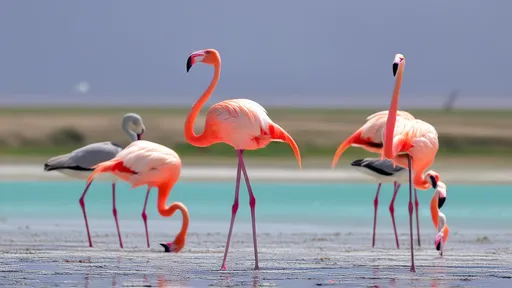
By /Jun 10, 2025

By /Jun 10, 2025
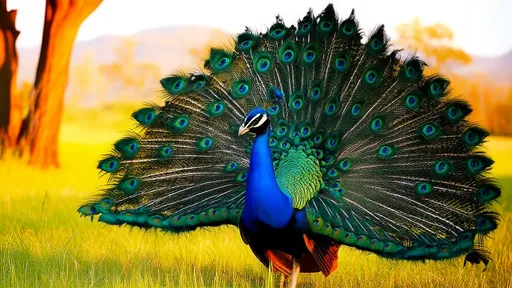
By /Jun 10, 2025
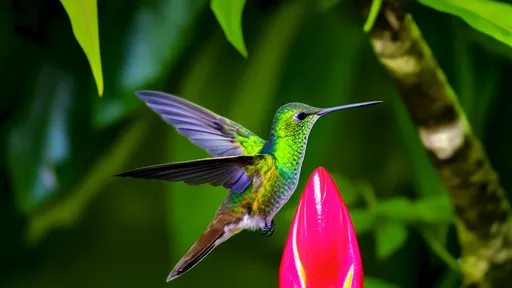
By /Jun 10, 2025

By /Jun 10, 2025
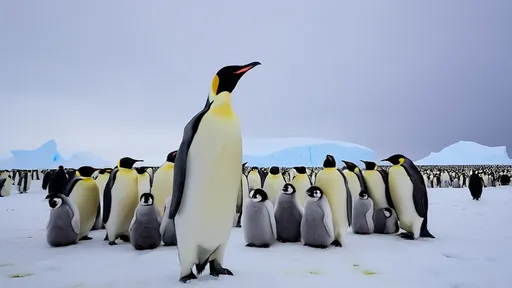
By /Jun 10, 2025
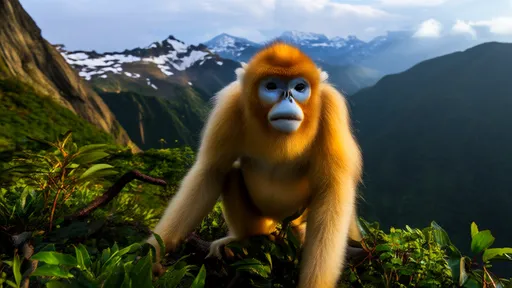
By /Jun 10, 2025
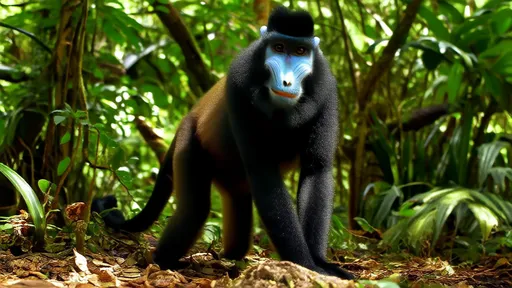
By /Jun 10, 2025
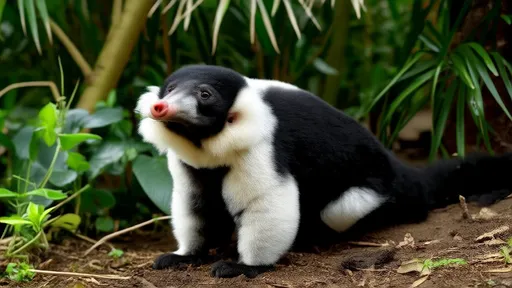
By /Jun 10, 2025
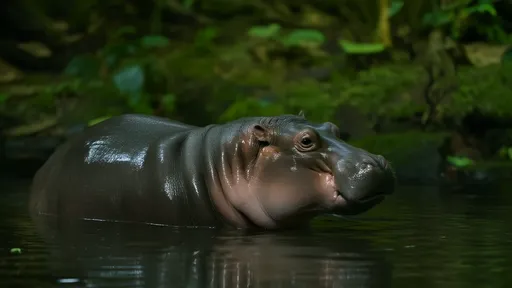
By /Jun 10, 2025